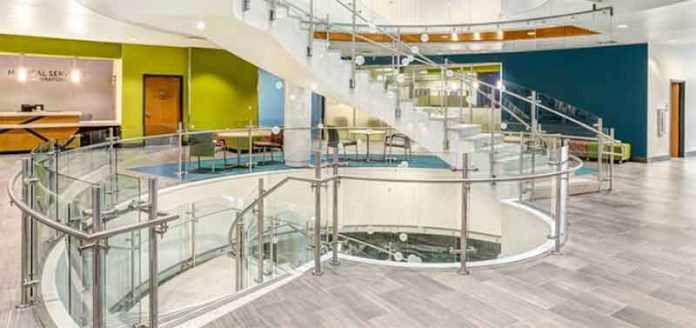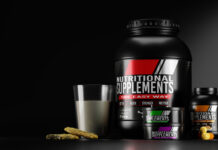Modern manufacturing technologies make it possible to use safety glass in interiors. They significantly reduce the danger to humans. Protective translucent glass for external and internal constructions can be purchased on the site www.piim.de in various variants: transparent, mirror, tinted, lacquered.
Types and features
The main aspect of this type of glass is its safety, since it will not cause much damage if it is destroyed. Conventional glass is broken into large numbers of small, wedge-shaped and sharp pieces in the case of mechanical damage, resulting in injury to the human skin. The safety glazing, unlike the normal one, is strong enough to produce many small, rounded fragments with blurred edges when broken or under external stresses. That is the basic characteristic of security.
Glass structures made of safety glass have different manufacturing methods, composition, technical characteristics and purpose, but protect people from aggressive external influences without harming their health in the case of destruction. Several types of safety glass are currently in use:
- Glass triplex (laminated). Consists of two glass sheets which are interconnected by means of a polymer composition. Two manufacturing techniques are used:
- Using film, a special film is placed between the glass panes, then the article is placed in an autoclave for gluing.
- The pouring technology involves pouring a liquid polymer between the sheets and then treating it with ultraviolet lights or high temperature.
The safety of the glass is that the broken fragments remain on the film or gel. The glass has excellent noise protection.
- Glass with protective film. The surface of the base glass is glued to a film made of special polymeric materials. This is a special thing that gives the glass new features, and in case of mechanical or thermal damage keeps the fragments intact.
- Tempered glass. It is specially treated at high temperatures and then cooled quickly and uniformly on both sides. Such glass, when damaged, breaks into small pieces with blunt edges that do no harm. It has good thermal resistance, resistant to significant stresses, impacts and deformations. Due to its monolithic structure, it is excellent for passing light and has a small measure of optical distortions. It is widely used in flooring, stairs, interior decoration, as well as in the automobile industry – side and rear windows in automobiles.
- Heat resistant glass (relatively safe). The manufacturing process is almost identical to tempered glass, the difference being that the species is cooled slightly more slowly. In mechanical damage, it breaks up into large pieces that are visually similar to swords, but most of the fragments remain in the frame. That’s why they call it conditionally safe. It is not recommended to drill, cut, engrave, or process sheets of such glass.
Each variant has its own advantages and disadvantages, not one of which is better than the others in terms of safety and manufacturing. All types of safety glass are used in construction during the building process. It is very important to take into account the operating conditions of certain facilities and all factors that may influence their use.
Disclaimer: This article contains sponsored marketing content. It is intended for promotional purposes and should not be considered as an endorsement or recommendation by our website. Readers are encouraged to conduct their own research and exercise their own judgment before making any decisions based on the information provided in this article.


































